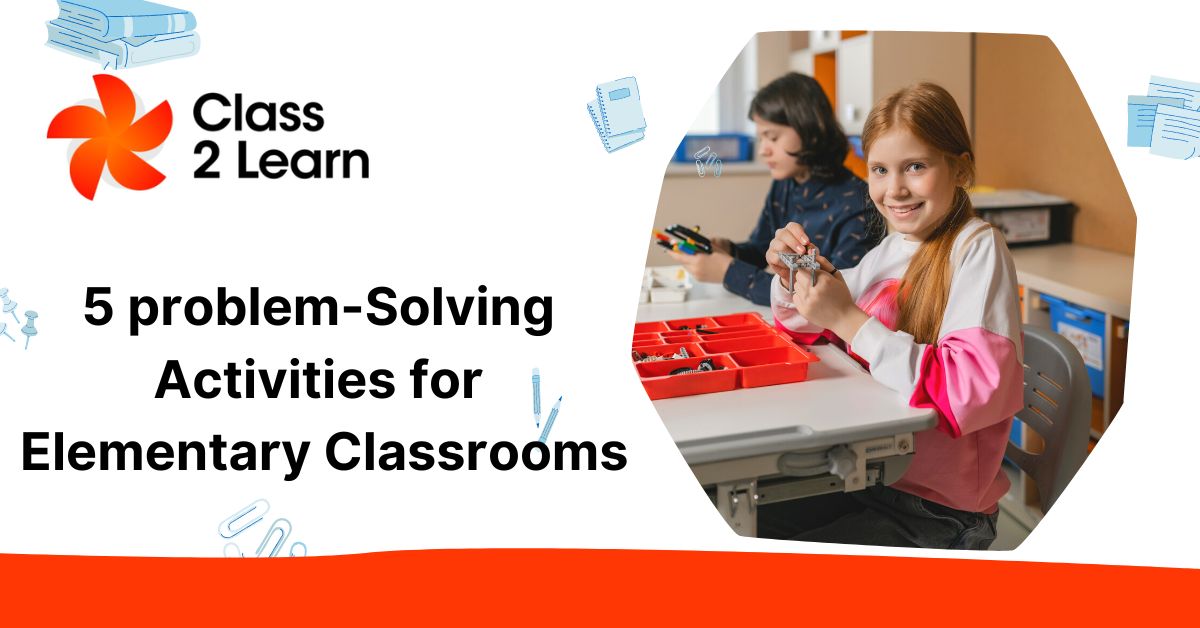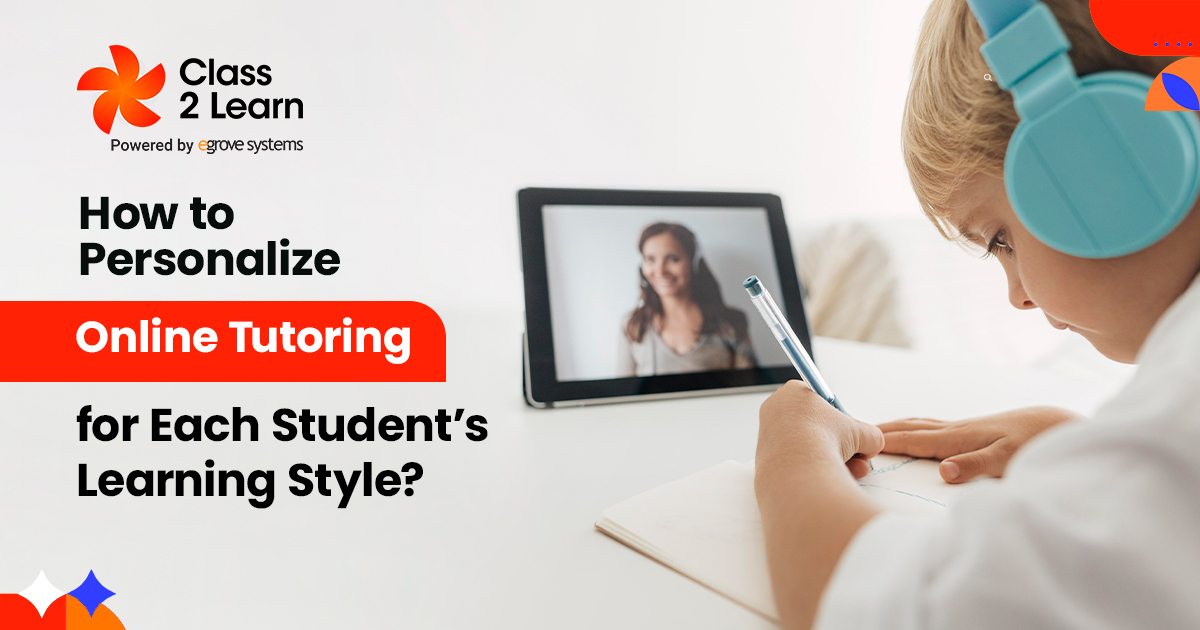Problem-solving is a skill that should be learned by everyone since it is useful in both our personal and professional life. Everywhere we look, there are issues, and many people respond with irrational emotions. Instead, the efficient use of problem-solving techniques can result in reasonable thought, an essential element of every successful activity.
The creative problem includes applying one or more fundamental problem-solving techniques in exercises meant to stretch the mind. Every age group benefits from problem-solving exercises. Activities for adults and children to solve problems are provided in this article. We will also provide you with suggestions for group and team problem-solving activities.
The ability to solve problems helps students make sensible judgments and gain confidence. These sophisticated skill sets assist in getting ready for successful adulthood. And are essential for this to succeed.
Here are 5 quick yet potent problem-solving activities you may use in your classroom:
- “What is it?” Think creatively
This activity is enjoyable and helpful!
Introduce the children to an item like a pen, scarf, hanger, or cap. Let them consider any alternative uses for the object to the well-known standard purpose. Asking kids to demonstrate this creative use to all of their classmates will help to add a fun dimension.
- Activities with Multiple Solutions
This option may be used to expose youngsters to real-world issues. Give the pupils an issue to solve. Give them time to think it through and develop many (more than two) answers to the same problem. By keeping the grade in mind, the issue may be supplied. Additionally, you might try harder ones with the students who are about to start middle school. The collaborative strategy is another option. And execute this task in small groups.
This might make a great homework project for students attending online schools or those who are accustomed to conducting research online due to the possibility, that it will provide for them to gather various facts and pieces of information about this specific issue.
You may choose any pressing problem, such as the pandemic surge, environmental dangers like global warming and deforestation, or even the declining levels of groundwater in metropolitan areas, for pupils who are in the last year of primary school. Each of these may be a great option. And for similar problems in real life, the youngsters may come up with a variety of workable answers.
Try to provide the pupils some pointers by providing alternatives and a shift in the residents’ way of life. Then allow them to generate several original solutions, which they can then present to the class. Encourage more detailed descriptions of the scenario to help them focus their improvisation. And let them use these mental images to anticipate the effects of the recommended adjustments or actions. Encourage a variety of answers. Additionally, make sure that each group or student participates fully in the activity.
It could take some time for primary school students to develop this ability to visualize things. But make an effort to expose it to the youngsters since it undoubtedly encourages critical thinking in young students.
- Brainstorming
Brainstorming exercises are another approach to encourage problem-solving among primary school students. Try to incorporate components from brainstorming sessions like those held in virtual classrooms or through online learning environments.
You may employ a collaborative approach for this once again because it is effective with these age groups. And allow the kids to propose strategies for settling disputes (use historical examples), or even a different conclusion for a specific incident. Let them elaborate on their arguments in light of what they understand. Additionally, assist them in finding more effective approaches to the tasks at hand.
Allow your kids to create their imaginative interpretations by analyzing scenarios and circumstances in the context of the facts, and support ideas in a positive learning environment. The greatest suggestions can also be written down on the board. And once more, make an effort to relate all you’ve learned to the problems you face today.
- Rapid-fire Problem-Solving
The elementary school years are ideal for teaching children morals. By including unplanned activities in the classroom, try to focus on the moral development of the students. Simply have a bucket or basket available in the classroom, and have each student write an issue (ideally one from real life) and deposit it inside. An issue and an improvised solution can then be picked up by each student in turn. According to his or her knowledge, let this be the best course of action.
- Pick the Solution Finder
The last task on this list is a solution provider. Ask one youngster to select three classmates to help them solve an issue. You may repeat this several times. Additionally, pupils may be covered in turns. Try it once more using a standard chit prop. Afterward, post the finest response on the board. You may also use open-ended questions to adopt this strategy if the youngsters are already accustomed to using more critical thinking techniques. Otherwise, adhere to standard, unequivocal responses while keeping in mind the pupils’ age range.
Conclusion:
Problem-solving exercises in the classroom will aid in the cognitive growth of young students, and get them ready for the future formal schooling phases. Try them out in your class and discover how the budding stars’ clever and original ideas will wow you!





Add comment